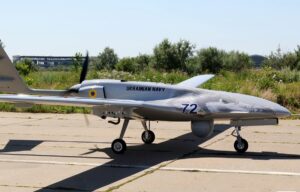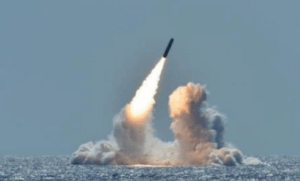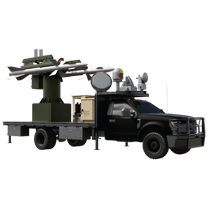
The transfer of drones to Ukraine offers the greatest benefit and lowest escalatory risk among 11 choices for U.S. and allied action, including humanitarian assistance, military equipment assistance, and covert/overt military action in Ukraine, according to a new Atlantic Council report by U.S. Air Force Lt. Col. Tyson Wetzel, a senior Air Force fellow at the council's Scowcroft Center for Strategy and Security, and Barry Pavel, the director of the Scowcroft Center. The study compiled the results of a survey…














